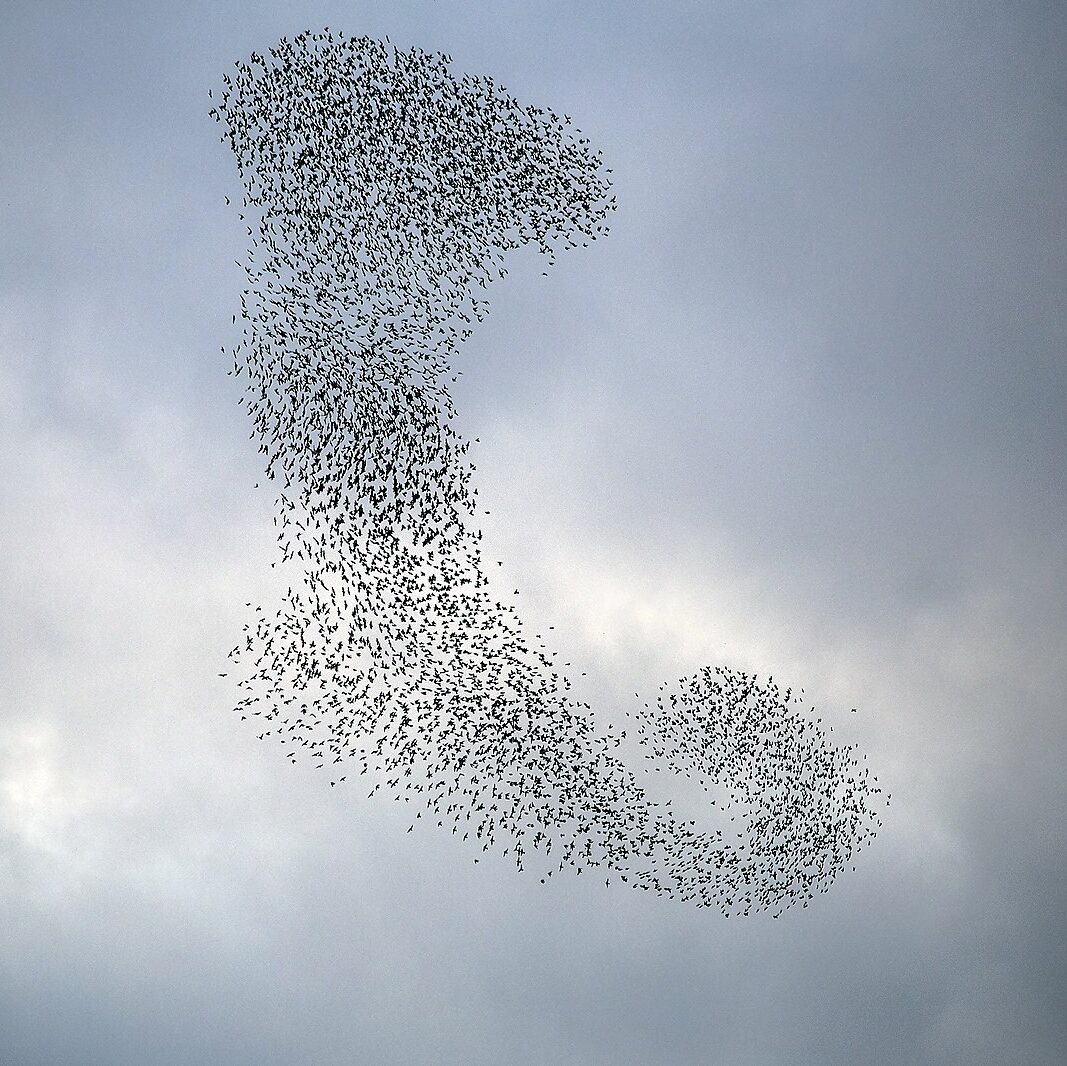
I grew up as a space enthusiast before I grew up. Part of the maturation process involved work on a Space Shuttle project, two decades of uninterrupted funding from NASA, reviewing many dozens of NASA proposals for space/rocket investigations, and serving as Principal Investigator for a mission concept study centered at the Jet Propulsion Laboratory to put a laser transponder on Phobos. Oh, and the most significant chunk of my astrophysics career relied upon the reflectors placed on the lunar regolith by astronaut hands.
No single moment stands out as a crossing of the Rubicon in terms of my migration away from fantasy. But by October 2011 my faith had eroded sufficiently to put out a blog post titled Why Not Space—motivated by responses to the “growth can’t last on a finite planet” drive that initiated this blog. “We’ll just expand into space,” some countered. Note: always beware the word “just,” especially when attached to feats of unprecedented difficulty.
I reprised the theme in Chapter 4 of my textbook (out in 2021), and again a few weeks back. In the last five years, my journey has produced significantly new perspectives (for me) which only serve to make the space delusion more strikingly fascinating and revealing. At this point, it’s hard to identify a phenomenon that so completely captures the religion of the day and its unhinged basis.
Continue readingViews: 3784








